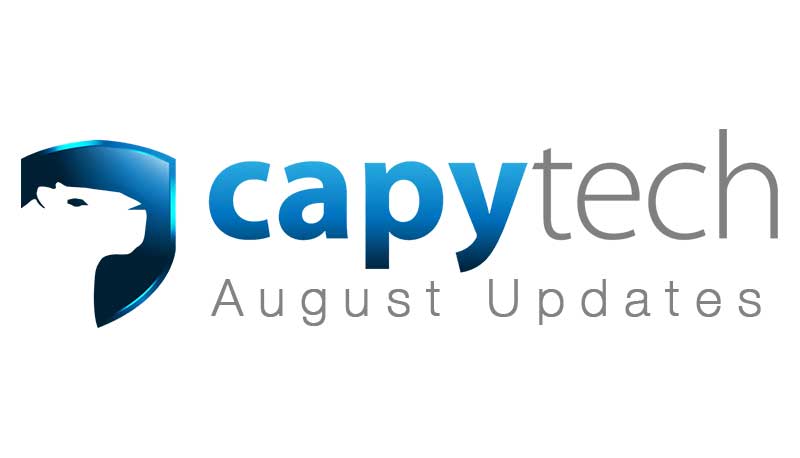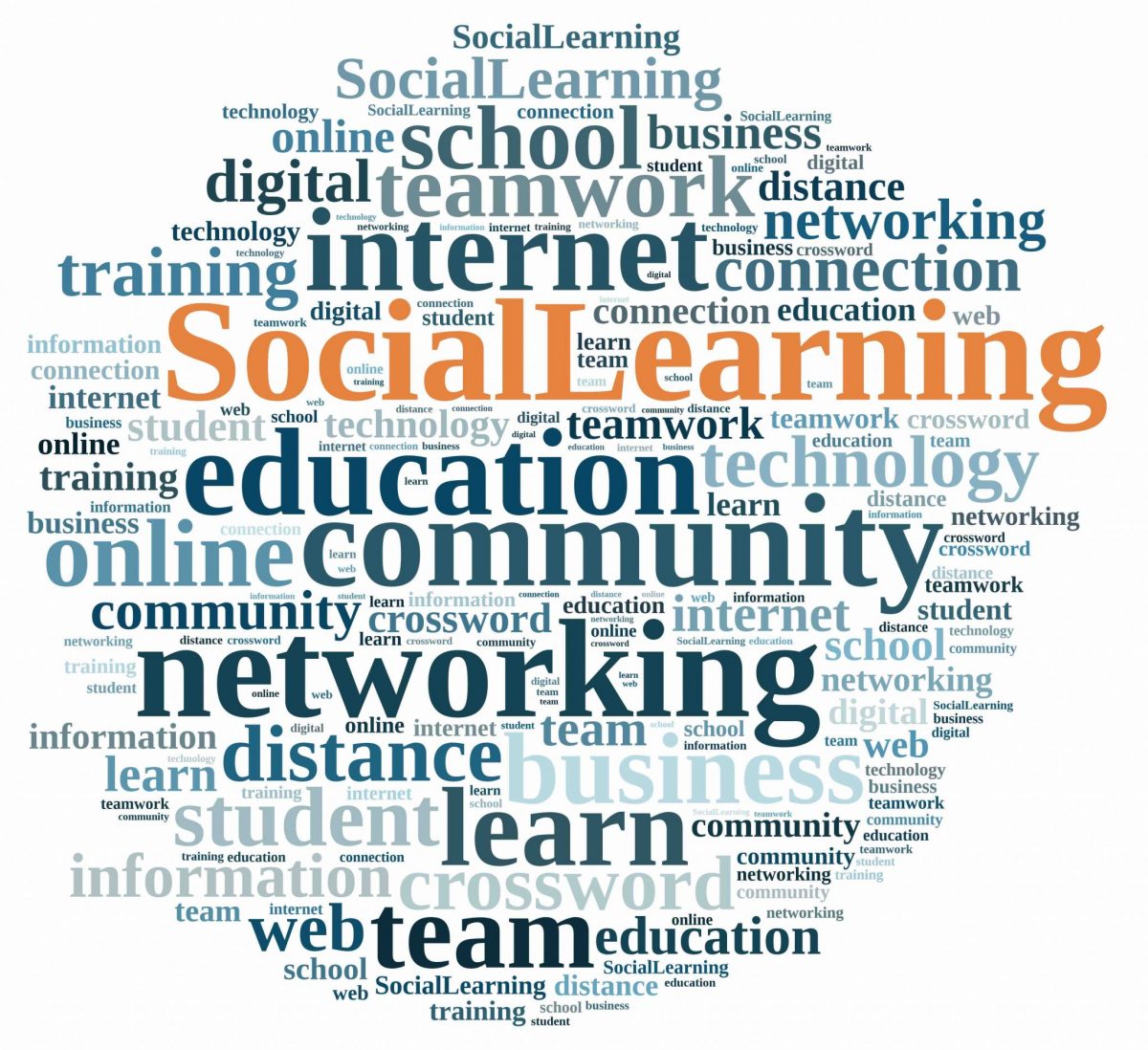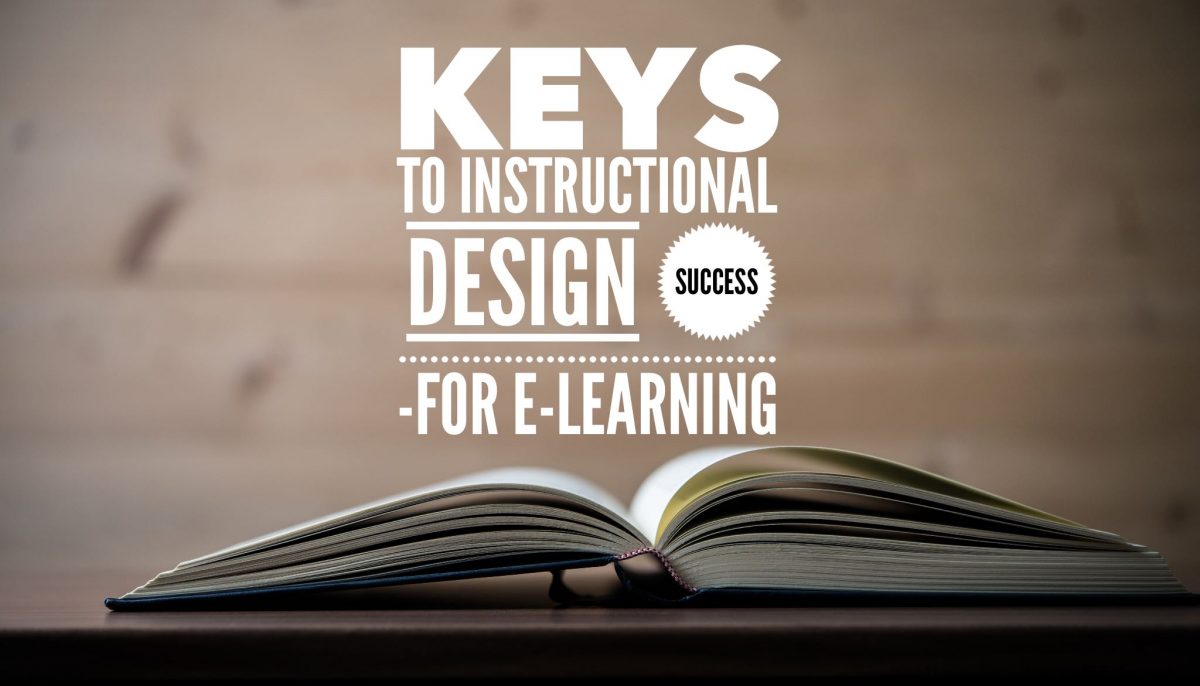How to Use E-Learning to Improve Employee Performance Every employee in your organisation can improve, even the best ones. There are strategies you probably already use to achieve this including providing effective leadership and motivation. E-learning has a role to play too. When you use e-learning effectively, you can improve employee performance. Types of E-Learning Course that Boosts Employee Performance …
The Right Way to do E-Learning in the Banking Industry
The Right Way to do E-Learning in the Banking Industry When you look globally, the banking industry is ahead of many others in its adoption of e-learning. I have always thought banks and financial services companies could go even further, though, replacing or enhancing the instructor-led courses that still exist with e-learning courses or e-learning elements. Opportunities for E-Learning in …
Capytech and Tripod Partners sign Joint Venture
Capytech and Tripod Partners sign Joint Venture As the contact form on our website says, we’re always interested in exciting business opportunities. Well today I’m announcing a new joint venture (JV) that we’re undertaking with Tripod Partners. I first met Dave from Tripod a year or so back when he was making some enquiries into e-learning. Whilst we didn’t do …
Power of Short Courses in E-Learning Training
Power of Short Courses in E-Learning Training Short courses are an under-utilised training tool in many organisations. They can be incredibly powerful, particularly when combined with the general benefits of e-learning courses. This includes the fact that learners don’t have to travel to complete the course. In other words, it might be hard to justify getting someone to travel for …
What is Social Learning and How You Can Use It?
What is Social Learning and How You Can Use It? A lot of content you find on the internet will describe social learning as using social media in your e-learning courses and/or encouraging group learning. These can be a part of social learning, of course, but this is not social learning. For me, social learning is a much more powerful …
Keys to Instructional Design Success for E-learning
Keys to Instructional Design Success for E-learning Have you ever experienced a poor university or university-type lecture situation where the lecturer simply gives a monologue, regurgitating information as you scramble to take notes? Instructional design is the opposite of this. As a result, instructional design makes e-learning courses successful. In fact, using instructional design techniques and concepts is often the …
Analysing Client Needs in E-Learning
Analysing Client Needs in E-Learning Analysing client needs – your needs – is one of the most important parts of the process of developing an effective e-learning course. When done right, you will get the best possible result and the process of getting there will be hassle free. If your e-learning provider doesn’t do a client needs analysis, there’s something …
Ways to Improve Retention Rates with E-Learning
8 Ways to Improve Retention Rates with E-Learning There is a range of different objectives you can have when conducting training in your organisation. In most situations, however, your success in achieving those objectives will depend on learners retaining the skills and knowledge you give them. This is why I never stop talking about retention and retention rates. Every part …
The Training Value Chain – Using E-Learning to Improve Classroom Learning
The Training Value Chain – Using E-Learning to Improve Classroom Learning I am, as you might expect, a vocal advocate of e-learning. However, I know there are some situations when classroom or residential components are essential. Even in these situations, e-learning can play an important role. In fact, e-learning is a significant part of the training value chain even when …









